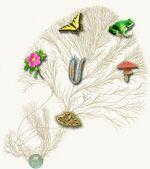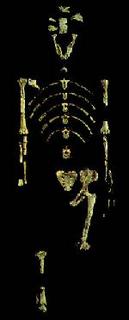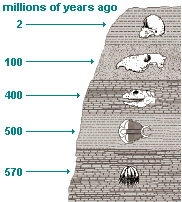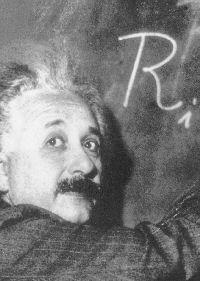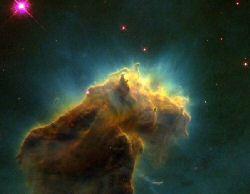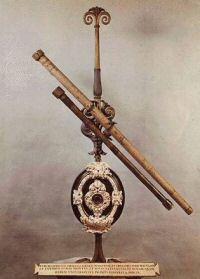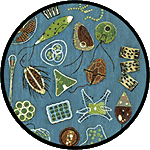Project Steve

Project Steve "is a tongue-in-cheek parody of a long-standing creationist tradition of amassing lists of 'scientists who doubt evolution' or 'scientists who dissent from Darwinism'… Project Steve mocks this practice with a bit of humor, and because 'Steves' are only about 1% of scientists, it incidentally makes the point that tens of thousands of scientists support evolution. And it honors the late Stephen Jay Gould, NCSE supporter and friend."
Testimonials:
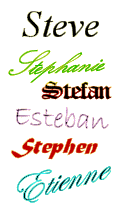 I must have had the worst love life in the whole field of leech systematics, but now that I'm an NCSE Steve my social life has really taken off! — Steve
I must have had the worst love life in the whole field of leech systematics, but now that I'm an NCSE Steve my social life has really taken off! — SteveBefore I became an NCSE Steve, opportunities just never seemed to come my way. But now my department chair holds the door open for me, and brings me coffee! — Stephanie
Steve here. I have been waiting my entire scientific career for just such an opportunity...a chance to STAND OUT...a chance to SHINE...a chance to SHAMELESSLY CAPITALIZE WORDS THROUGHOUT MY SENTENCES!!!...AND TO USE EXCLAMATION MARKS!!!...WITHOUT REASON!!!! — Steve
 Stephen Hawking is #300 on the Steve list. I'm waiting for the list of Zachriels who support science education. I'll definitely sign up for that one!
Stephen Hawking is #300 on the Steve list. I'm waiting for the list of Zachriels who support science education. I'll definitely sign up for that one!Labels: Science



